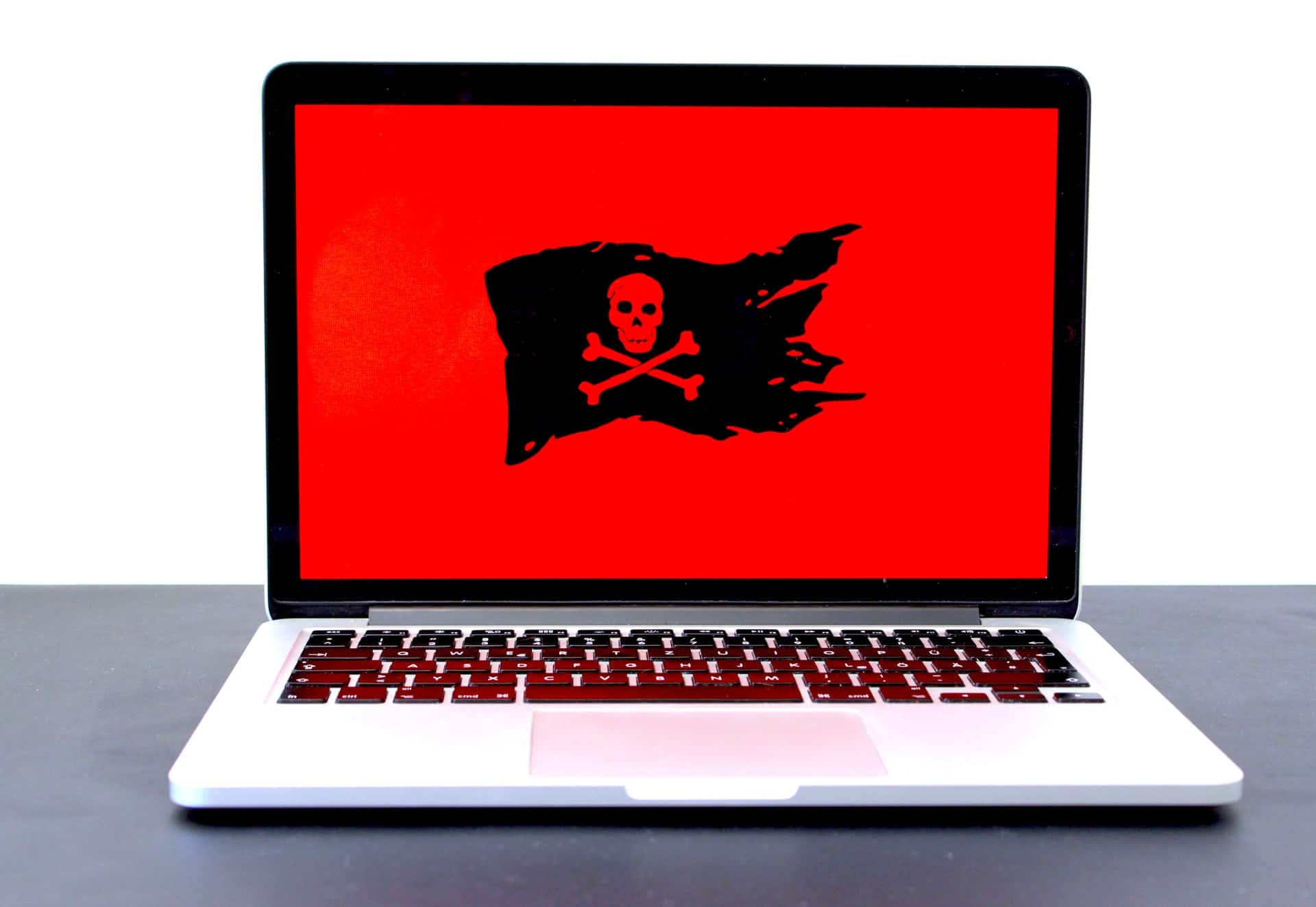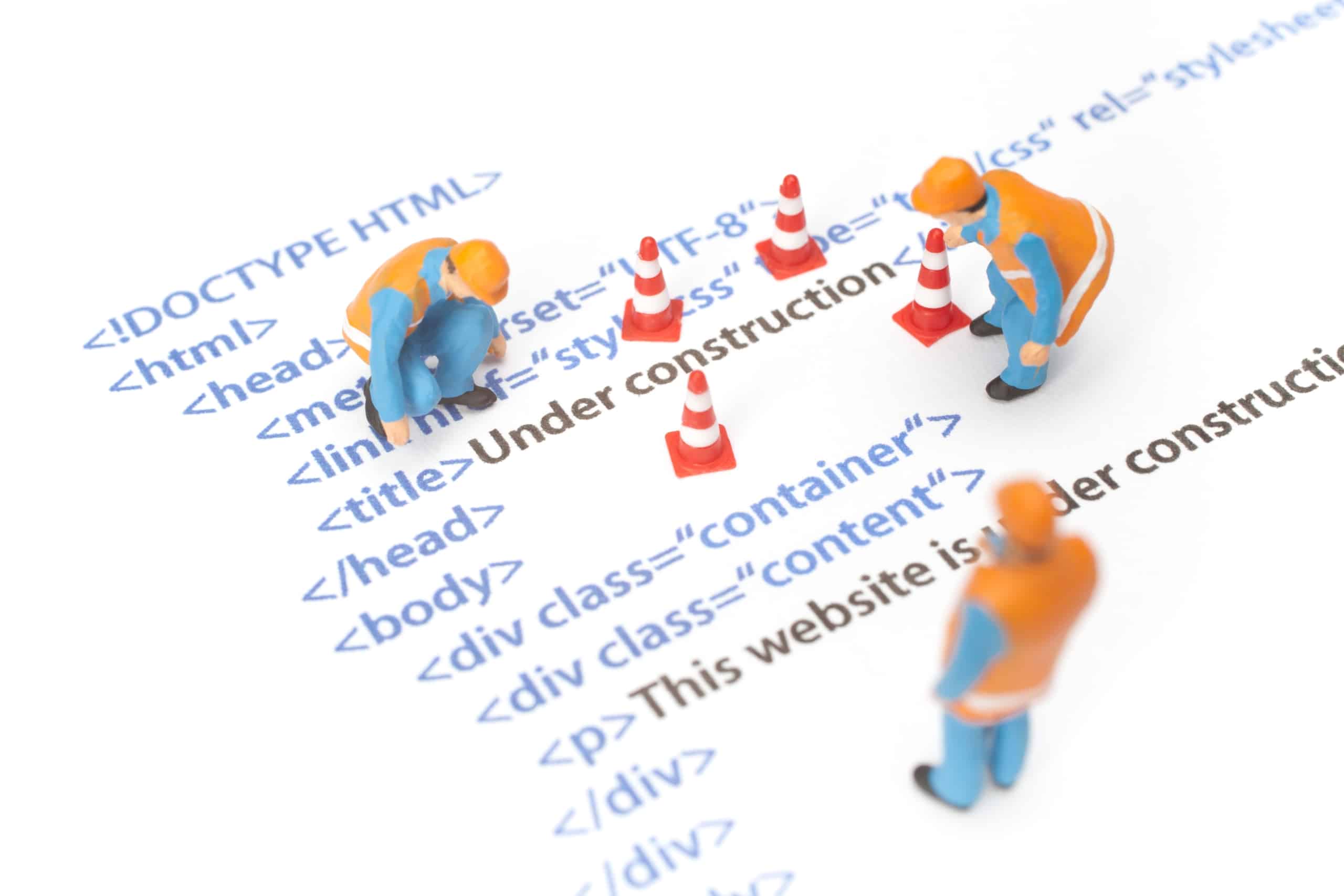Having a website is an essential part of any business. WordPress is an open-source platform that allows you to design and create a website. Most websites created nowadays are built using WordPress.
However, due to its popularity, WordPress has become a potential target for hackers. Hackers infect your website with malware that usually operates in stealth mode and can go unnoticed for a long period of time.
Therefore, regularly checking for malware and removing it is of vital importance.
Of vital importance is also having great website hosting. WPMU DEV hosting ticks all the boxes. It’s affordable, fast, secure, fully-dedicated, and the #1 rated WordPress host on TrustPilot. Get 20% off any of their plans here.
This blog post describes symptoms that indicate the presence of malware, steps to remove malware, and how you can improve the security of your WordPress website. So, read on to learn more about WordPress malware removal.
WordPress Malware Symptoms:

1. Backlisting:
If your website keeps on getting blacklisted on search engines such as Google, Yahoo, and Bing, there is a high probability that your website is infected by malware. To check if your website is getting blacklisted, use a blacklist checker tool, or you can manually search for your website on search engines
2. Popups and Malverts:
One of the obvious indicators of malware is unwanted popups and weird ads on a website. If you face a similar issue, then it is probably due to malware that has been added to your website.
3. Server Overload:
If you experience an overuse of your website server, especially GPU, and the traffic on your website is relatively low, then this is because malware has infected your server, and it is using it for illegal mining of cryptocurrency or other illegal activities.
4. Changes in Website Format:
If you experience changes in your website design, specifically the header and footer, or the overall appearance has changed, then this indicates that your website might be infected.
How to Remove Malware From WordPress:
1. Try to Recover a Backup
The first and foremost step towards malware removal is to create a backup. A backup is essential as it helps in restoration if things go south. A backup for any website includes file backup and database backup. There are three methods to backup website files. You can use backup plugins, SSH, or SFTP. Similarly, a database backup can also be created using a backup plugin, PhpMyAdmin, or SSH.
2. Maintenance Mode

Shifting to maintenance mode is where things tend to get serious. Once maintenance mode is turned on, no other changes can be made except directly from the server. Hence, you can take your time to remove the malware and make the website clean again. Meanwhile, visitors to your website will be informed that it is under maintenance.
3. Remove the Infected Code or File
While this might be a difficult process for an average user and might be time-consuming, once done, your website is as good as new.
Basically, you would have to identify the malicious code and remove it from your source file. After doing this, cleaning the database using SQL queries would ensure that there are no malicious entries.
Once your website is protected, it is now time to make it more secure. This can be done through numerous ways that are as follows:
- Two-factor authentication for plugins
- Setting up file permissions for WordPress
- Changing Admin passwords and URLs
- Adding a firewall to the network
Subscribing to a paid service can greatly improve the security of your website as it allows for continuous monitoring and can also lower the risk of a potential malware infection.
